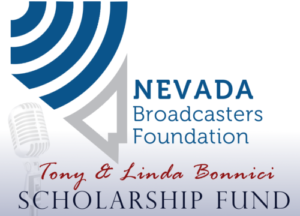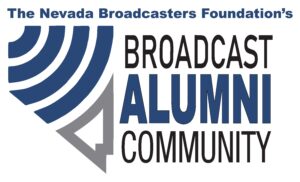Here are some of the regulatory developments of significance to broadcasters from the last week, with links to where you can go to find more information as to how these actions may affect your operations.
- The Supreme Court this week announced its decision in Federal Communications Commission v. Prometheus Radio Project, the broadcast ownership case that was argued before the Court in January. In a unanimous opinion, the Court sided with the FCC and with broadcasters and upheld the FCC’s 2017 ownership rule changes which eliminated the newspaper-broadcast cross ownership rule, the radio-television cross ownership rule, and the television “8-voices test” allowing combinations of two TV stations in any market where at least one of the stations is not one of the top-4 ranked stations. Also gone is the blanket prohibition on combinations involving two top-4 TV stations in a market, which is replaced with a case-by-case analysis by the FCC. Our discussion of the opinion is here and the full opinion is available here.
- Comment and reply comment deadlines were set for the FCC’s proposal to update its Emergency Alert System (EAS) and Wireless Emergency Alerts system (WEA) rules, including enhancing the reporting requirements for false EAS alerts, and its inquiry into whether emergency alerts can be delivered through the internet, including through streaming services. Comments on the EAS/WEA proposal are due by April 20, 2021, and reply comments are due by May 4, 2021. Comments on the delivery of alerts by internet are due by May 14, 2021, and reply comments are due by June 14, 2021. We wrote about the proposal and inquiry, here. (Federal Register)
- The FCC released more details for its upcoming Auction 109, which will auction the rights to 136 FM construction permits and 4 AM construction permits, allowing winning bidders to start new radio stations in the listed communities. The auction itself is scheduled to begin on July 27, 2021 (a list of the permits to be auction is here, with opening bid amounts). Interested applicants must submit “short-form” applications to participate in the auction during a window that runs between 12:00 p.m. Eastern on April 28 through 6:00 p.m. Eastern on May 11. For more details, review the Public Notice and our article here. A freeze on FM minor change applications will be in place during the filing window.
- The Copyright Royalty Board was given another two months to complete its work setting the royalty rates to be paid in 2021-2025 to SoundExchangefor the public performance of sound recordings by webcasters, including broadcasters who simulcast their programming on the internet. Instead of a decision in the next two weeks (which we anticipated in our summary of April regulatory dates for broadcasters), the CRB decision can now be expected by June 14. We wrote about the extension and the ongoing proceeding, here. (News Release)
- There are two items of interest to broadcasters on the agenda announced this week for the FCC’s April 22 required monthly Open Meeting. Scheduled to be voted on are:
- New rules for standardizing and formalizing sponsorship identification requirements for broadcast stations that accept foreign government-provided programming. (Draft Report and Order)
- Adoption of a ten-application limit per applicant in the upcoming 2021 noncommercial educational radio filing window where nonprofit educational broadcasters will be able to file for construction permits to build new noncommercial stations in the reserved band (below 92 FM). (Public Notice)
- Two items we covered on the blog this week are also worth noting, one of which is regulatory and one of which is legislative. We wrote about the recent spate of noncommercial educational stations entering into consent decrees with the FCC over public file noncompliance tied to their license renewal applications. On the legislative side, we wrote about a congressional effort to provide an antitrust exemption for creators of news content to get together to negotiate collectively with tech companies for payments for the use of that content on social media and other digital platforms.
Courtesy Broadcast Law Blog


